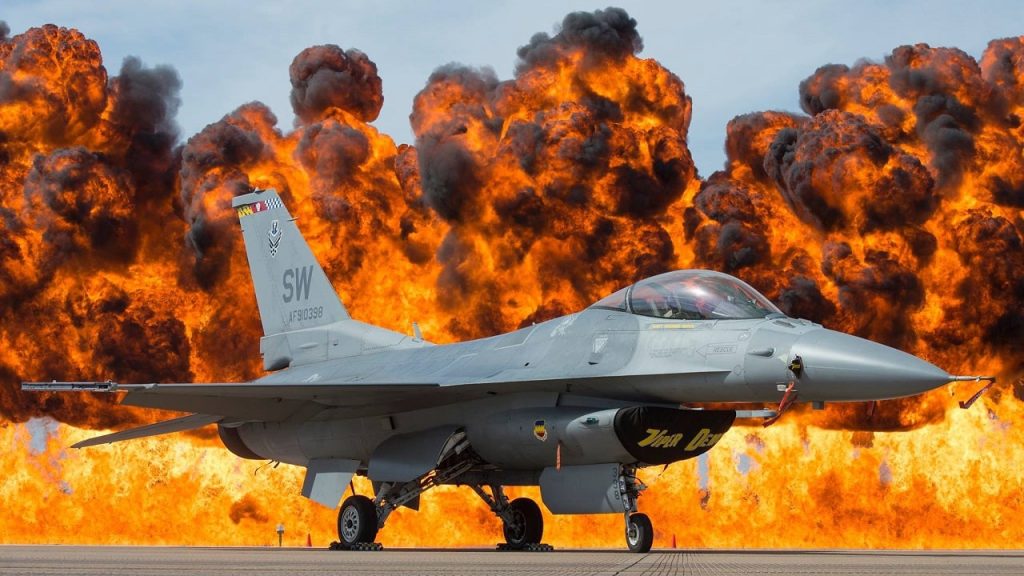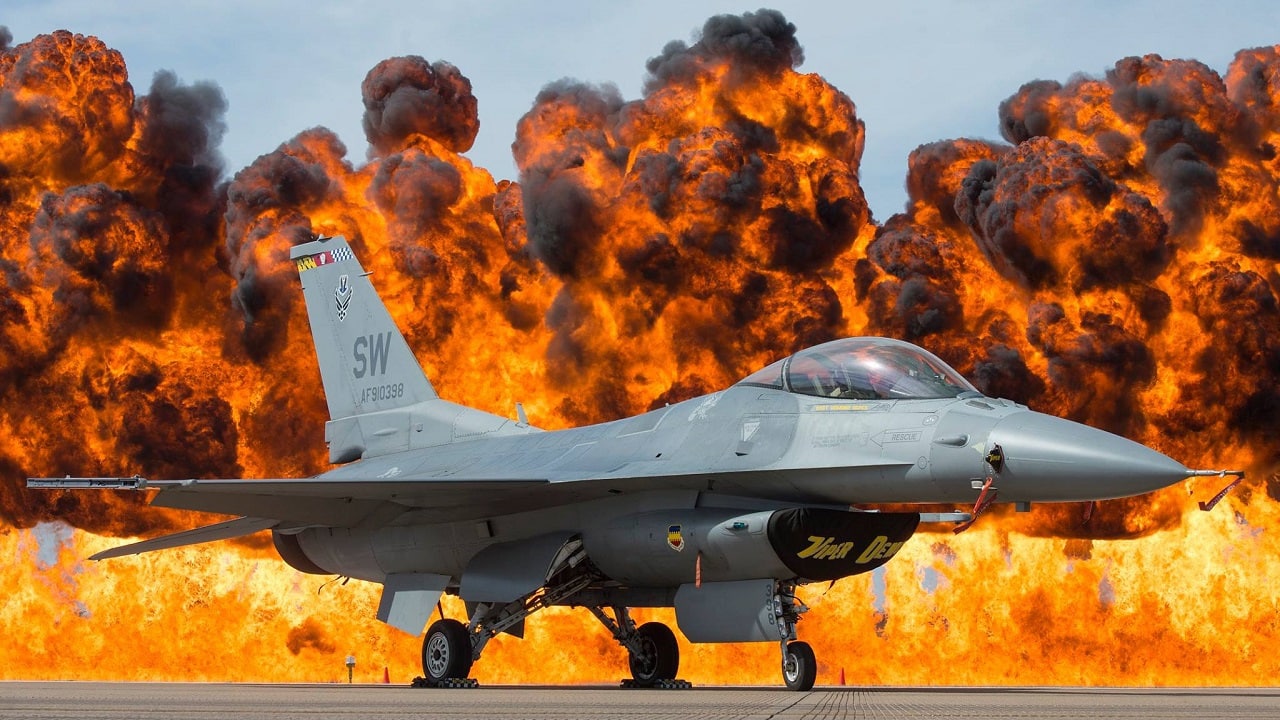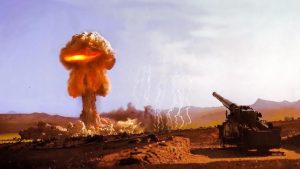Two FY-17 prototypes are taken care of by the Western Museum of Flight in Torrance, California, and the Battleship Memorial Park in Mobile, Alabama.

U.S. Air Force F-13 and F-17 fighters—what happened? The military hardware classification might be misleading M1. M1 Abrams MBTs, armored cars, and combat cars were present. The M1 Garand, M1 Carbine, M1 Thompson submachine gun, M1 rocket launcher “bazooka,” M1 flamethrower, M1 bayonet, and M1 steel helmet made it complicated.
M1 helmets replaced M1917A1 helmets, and M1 Abrams replaced M60 MBTs.Hence, the M1 rarely leads in military hardware.
Since the U.S. Army Air Force and U.S. Navy were usually different, combat aircraft designations were even more confusing during WWII.
In 1962, the U.S. military introduced the Tri-Service aircraft identification system to simplify aircraft names during the Cold War. The U.S. Department of Defense started it to unify nomenclature systems. Whether operated by the USAF, USN, USMC, Army, or Coast Guard, most aircraft would have a single designation (USCG). Manufacturers and NASA use the tri-service X-series designations for experimental aircraft.
A means “attack,” “B” means “bombers,” “C” means “cargo,” “E” means “special electronic installation,” “F” means “fighter,” “K” means “tanker,” “L” means “laser-equipped,” “O” means “observation,” “P” means “maritime patrol,” “R” means “reconnaissance,” “S” means “anti-submarine warfare,” “T” means “trainer,” “U” means “util.
Nevertheless, this method was flawed and confused with multirole aircraft like the F-35. Attack aircraft (A) is built for air-to-surface missions, whereas fighters (F) can also attack. The F-111 Aardvark and F-117 Nighthawk are attack-only aircraft.
The tri-service aircraft designation resets the F-# sequence. During the Cold War, the U.S. Air Force and Navy developed the “Teen Series” fighters.
The Grumman F-14 Tomcat, McDonnell Douglas F-15 Eagle, General Dynamics F-16 Fighting Falcon, and McDonnell Douglas F/A-18 Hornet and their derivatives were featured. Nonetheless, failing experimental and prototype fighters are usually excluded from the series.
The F-13 and F-19 never had designations. The F-13 was not deployed owing to “triskaidekaphobia,” or dread of the number 13, while the F-19 may have been experimental.
Northrop was offered the F-19 name for the YF-20 Tigershark, but he wanted an even number because so many Soviet aircraft had odd numbers!
In the late 1960s, U.S. Air Force’s Lightweight Fighter (LWF) technology evaluation program used Northrop Aviation’s YF-17 Cobra, a prototype lightweight fighter aircraft.
Fighter community members considered planes like the F-15 Eagle too huge and expensive for many combat tasks; therefore, that program was started. Hence, the YF-17 represented the culmination of Northrop’s concepts from 1956’s N-102 Fang to the F-5 family. Despite losing against the F-16 Fighting Falcon, the YF-17 was chosen for the new Naval Fighter Attack Experimental (VFAX) program.
Northrop and McDonnell Douglas made the plane into the F/A-18 Hornet. The U.S. Navy and Marine Corps used the F/A-18 Hornet to replace the A-7 Corsair II and F-4 Phantom II and to add to the F-14 Tomcat, which was more expensive.
The Western Museum of Flight in Torrance, California, and the Battleship Memorial Park in Mobile, Alabama, maintain two FY-17 prototypes.






